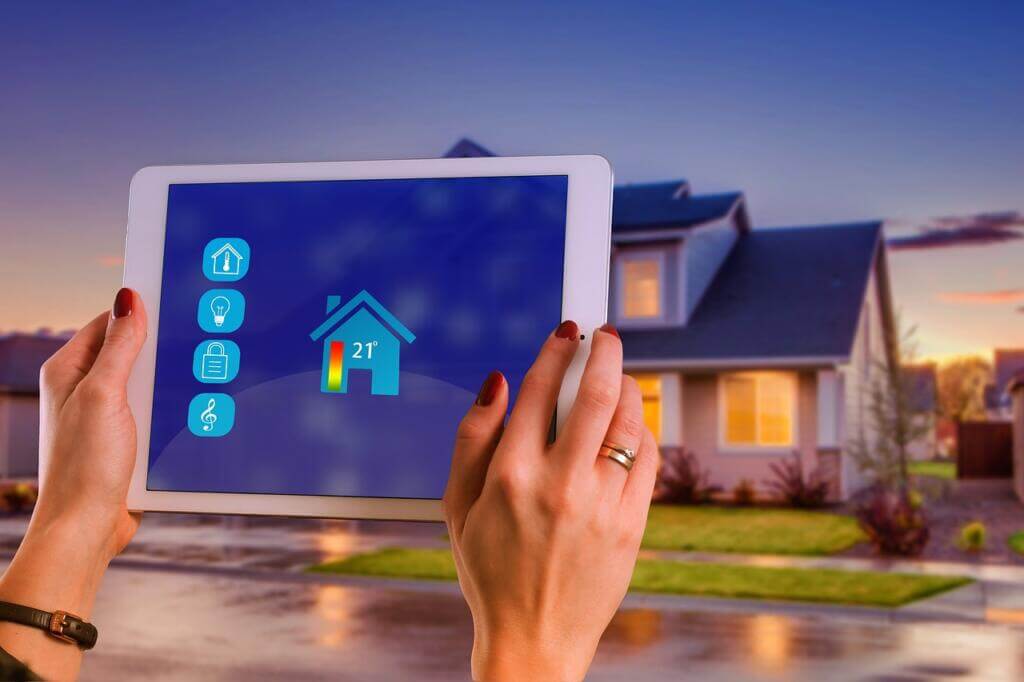
In the wake of climate change and with society’s environmental awareness, smart home devices are becoming predominant. Smart home devices, like thermostats, appliances, and lighting, are highly energy efficient because they consume significantly less electricity and adjust to our changing needs.
Smart home technology sees many innovations, making it more accessible, functional, efficient, and affordable. And e-ink displays are one of them.
What is an E-Ink Display?
An E-ink display is a paper-thin digital screen that looks like printed paper with ink. The technology behind Amazon Kindle Scribe and other popular e-readers, e-ink, has now become common in the world of smart home devices.
E-ink displays don’t emit light and, instead, rely on ambient light to make things visible. So, these screens are easier on the eyes and provide a natural reading experience. In addition, an e-ink display also consumes less power when compared to other display types, making them ideal for smart home technology.
In 2022, Pelican Wireless Systems, a USA-based company, released a touch thermostat that features an e-ink touchscreen. The screen uses an e-ink Carta HD e-paper display panel that you can mount on a wall. The Mudita Harmony is a minimalist alarm clock with a 2.84-inch e-ink display, making it easy to read the clock screen in normal light. Then, Qingping’s Cleargrass is a temperature and humidity sensor that features an e-ink display, which shows humidity, temperature, and the device’s connectivity status.
In addition to practical applications, an e-ink display is also being utilized for décor purposes. For example, the Pycasso picture frame uses a 7-color e-ink display, which shows AI-generated random images based on the prompt you enter. Recently, E Ink Corporation has announced a huge demand for electronic shelf labels to make it easier for retail stores to change prices and information on items they sell.
These are just a few examples of smart home devices featuring an e-ink display. Irresistible benefits of e-ink technology, especially energy efficiency, and interactivity, promise more expanded applications as the technology evolves
Navkiran Dhaliwal is a seasoned content writer with 10+ years of experience. When she's not writing, she can be found cooking up a storm or spending time with her dog, Rain.

